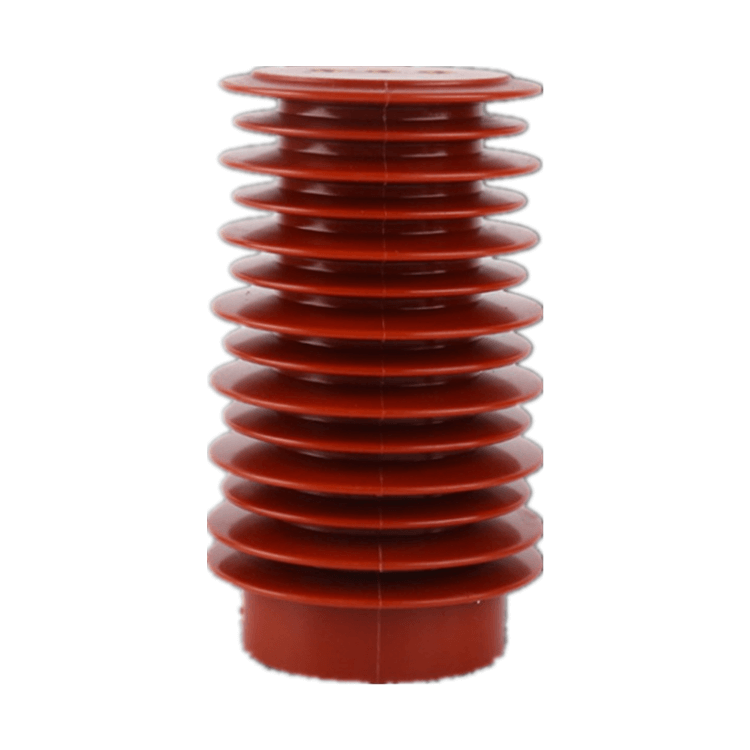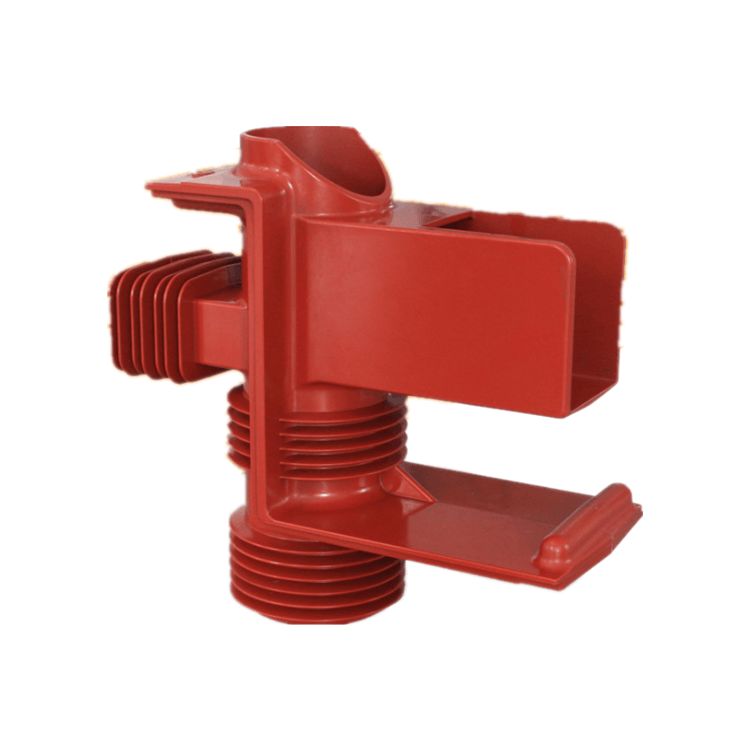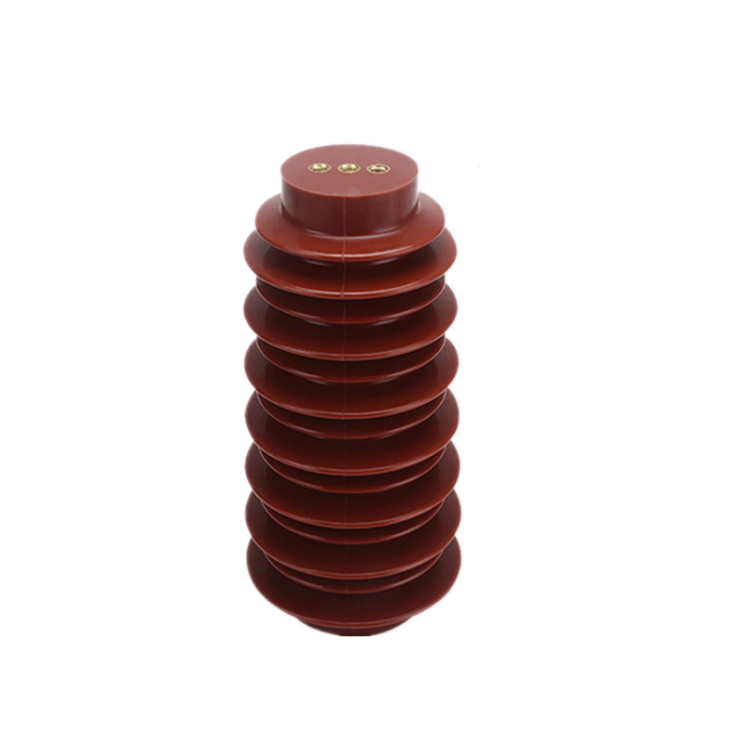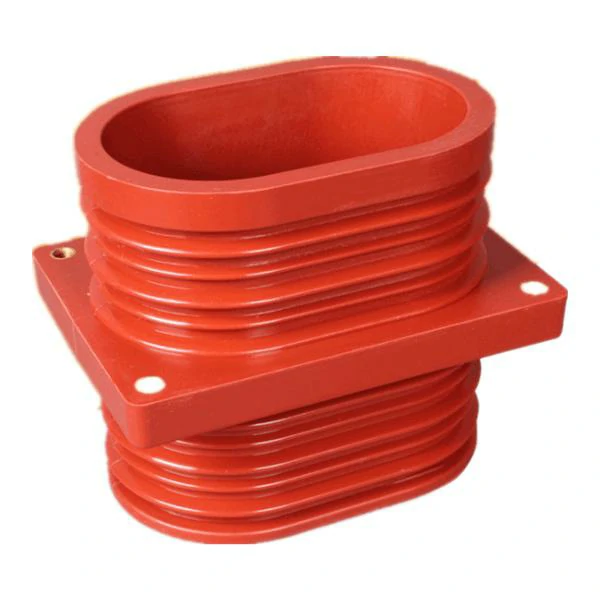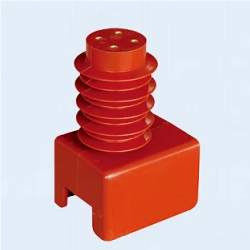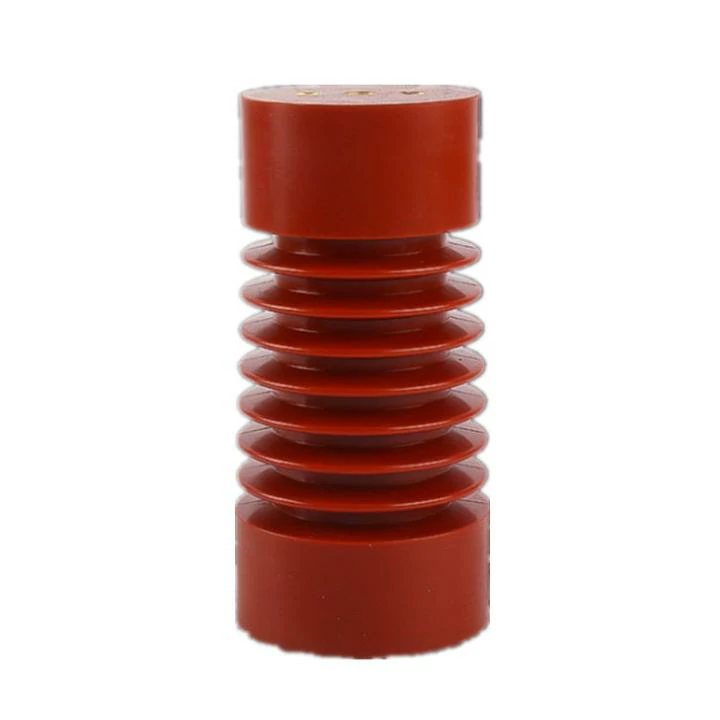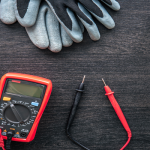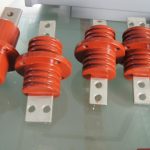Epoxy bushings play a crucial role in the operation of power transformers, offering electrical insulation, mechanical support, and environmental protection. In this comprehensive article, we will explore the intricate details surrounding epoxy bushings for transformers. From their construction and materials to their installation and maintenance, we will delve into the world of epoxy bushings, shedding light on their significance in ensuring the reliability of electrical distribution systems.
I. The Role of Epoxy Bushings in Transformers
Epoxy bushings are integral components within power transformers, serving several essential functions:
- Electrical Insulation: Epoxy bushings provide electrical insulation, preventing electrical discharge between the high-voltage components of a transformer and its grounded parts. This insulation is vital to maintaining the safety and efficiency of the transformer.
- Mechanical Support: They offer mechanical support to the transformer’s core and windings, helping to maintain the proper alignment of internal components under varying loads and environmental conditions.
- Environmental Protection: Epoxy bushings shield the transformer from moisture, pollutants, and contaminants, extending its operational life and reducing the risk of insulation breakdown.
II. Epoxy Bushing Construction
A. Epoxy Resin Material
Epoxy bushings are predominantly constructed from epoxy resin due to its excellent electrical insulation properties, mechanical strength, and resistance to environmental factors. The epoxy material is carefully selected for its dielectric properties to ensure optimal electrical performance.
B. Core and Flange Design
The core of an epoxy bushing is designed to provide mechanical support and electrical insulation. The flange, on the other hand, allows for secure attachment to the transformer tank. The combination of these elements ensures the structural integrity of the bushing.
C. Shielding Components
Epoxy bushings may include external shielding components, such as sheds or skirts, designed to control the electric field distribution and reduce the risk of flashover.
III. Epoxy Bushing Types
Epoxy bushings come in several different types, each suited for specific applications:
- Condenser Bushings: These bushings are designed for high-voltage applications and often incorporate a capacitance grading system to ensure even voltage distribution.
- Non-Condenser Bushings: Used in lower voltage transformers, non-condenser bushings lack the capacitance grading system found in condenser bushings.
- Oil-to-Air Bushings: In transformers that use oil as an insulating medium, these bushings serve as the transition point between oil-filled and air-filled sections of the transformer.
- Oil-to-Oil Bushings: These bushings are used in transformers with oil insulation and facilitate the flow of oil between the transformer tank and the bushing.
IV. Installation and Maintenance
Proper installation and regular maintenance are critical for the performance and longevity of epoxy bushings:
A. Installation Procedures
- Correct Positioning: Bushings must be correctly positioned and securely connected to the transformer tank to ensure electrical integrity.
- Sealing: Proper sealing is crucial to prevent moisture and contaminants from entering the transformer.
- Testing: Comprehensive testing, including dielectric tests and partial discharge measurements, should be conducted during installation to confirm the bushing’s reliability.
B. Ongoing Maintenance
- Insulation Resistance Tests: Periodic insulation resistance tests help identify any deterioration in the epoxy material.
- Oil Quality Monitoring: For oil-filled transformers, monitoring the oil quality within the bushing is essential to detect any signs of degradation.
- Cleaning and Inspection: Routine cleaning and visual inspections can reveal any physical damage or contamination that may affect performance.
- Partial Discharge Monitoring: Continuous monitoring of partial discharges helps detect early signs of insulation breakdown.
V. Epoxy Bushing Advancements
The field of epoxy bushings for transformers continues to evolve, with ongoing research and development leading to advancements in materials, designs, and testing methods. These advancements aim to enhance the performance and reliability of transformers in various applications, including renewable energy systems, grid modernization, and beyond.
VI. Environmental Considerations
As the world focuses on sustainability and environmental responsibility, epoxy bushings for transformers also face scrutiny in terms of their environmental impact. Manufacturers are developing more eco-friendly materials and production processes to reduce the carbon footprint of these critical components.
VII. Case Studies
We will explore real-world case studies highlighting the successful use of epoxy bushings in different transformer applications, emphasizing the importance of proper selection, installation, and maintenance.
Conclusion
Epoxy bushings for transformers are unsung heroes in the world of electrical power distribution, ensuring the safe and efficient operation of transformers. Their role in electrical insulation, mechanical support, and environmental protection cannot be understated. As technology continues to advance, so too will the design and performance of epoxy bushings, contributing to the reliability and sustainability of electrical distribution systems across the globe. By understanding the intricacies of epoxy bushings, we can appreciate the engineering marvel that keeps our world powered.




